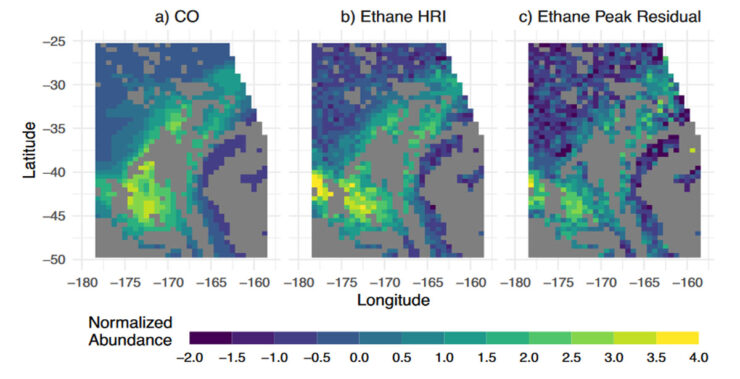A study published in Nature Communications by researchers from the University of Minnesota, introduces a method to measure ethane in the troposphere using satellite observations. Tracing ethane emissions can assist in quantifying methane emissions from fossil fuel sources.
Ethane primarily originates from human activities and it is emitted from fossil fuel sources along with methane. Ethane emissions have been previously used for methane estimations on a regional or national scale but global estimates have been limited due to lack of observations. This study highlights advantages of measuring ethane for estimating methane emissions from human activities. Measuring tropospheric ethane using satellites is a major advancement from previous limited methods.
Donate to support Turkmen analysts, researchers and writers to produce factual, constructive and progressive content in their efforts to educate the public of Turkmenistan.
SUPPORT OUR WORKThis study has looked into several fossil fuel production regions including the Burun oil field in western Turkmenistan. The satellite ethane measurements match the data on methane emissions from fossil oil extraction activities, which indicate 690 kt of methane emissions per year. The ethane signals from the Burun oil field were enough to demonstrate a connection between the ethane signals and fossil oil extraction activities. The significance of this study lies in its ability to trace ethane emissions to fossil fuel extraction sites, helping to estimate methane emissions. These satellite observations may assist in better understanding of global ethane emissions from both fossil and non-fossil sources.






